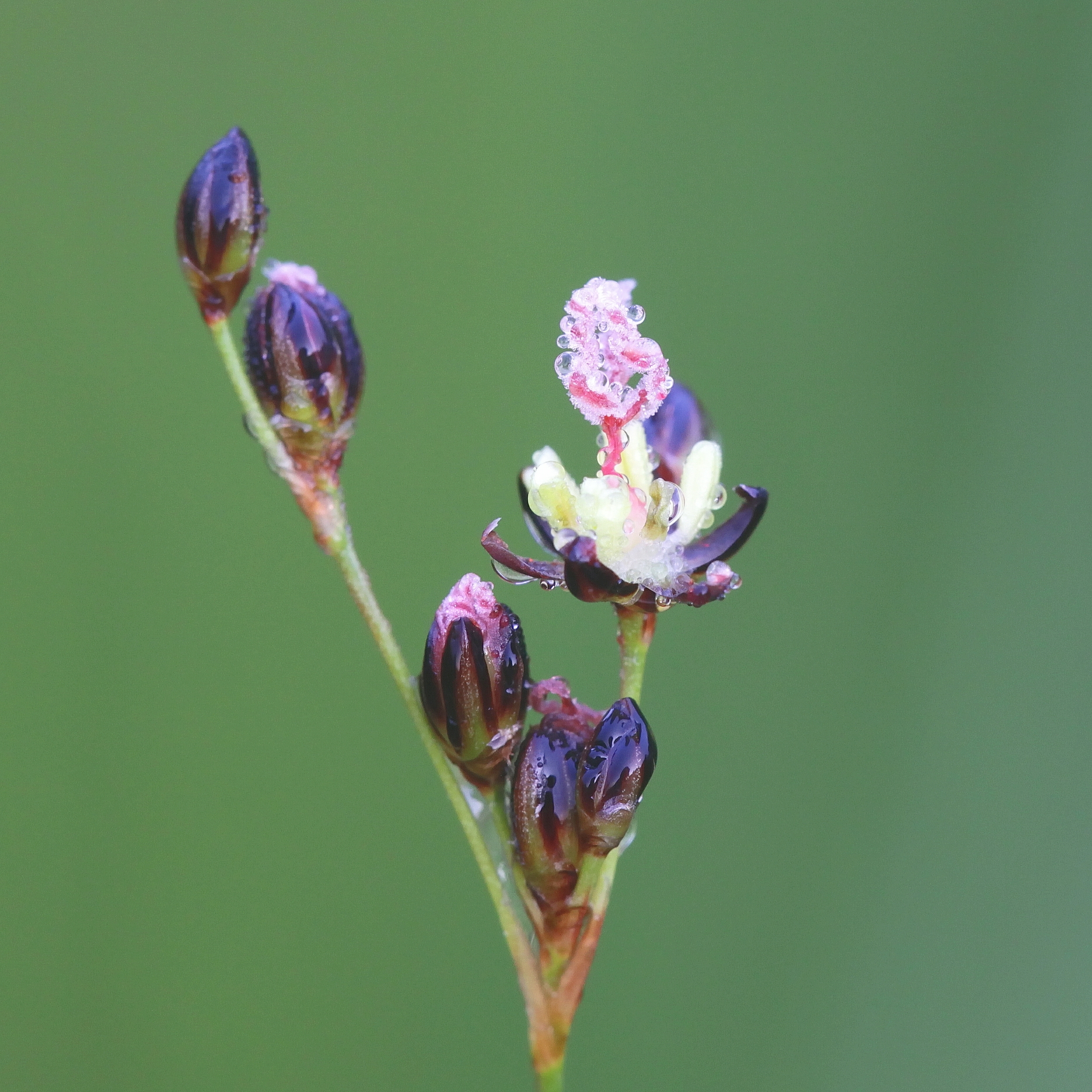Blackgrass
(Juncus gerardii)

Description
Juncus gerardii, commonly known as blackgrass, black needle rush or saltmarsh rush, is a flowering plant in the rush family Juncaceae. Juncus gerardii is mainly a coastal species, occurring at the high tide mark on the Mediterranean, Atlantic, Baltic and Black sea shorelines of Europe and the east coast of North America Juncus gerardii is one of the many species identified by Eric Hultén as amphi-Atlantic plants, meaning that they have a disjunct distribution on both sides of the Atlantic, but are absent on the Pacific side of the globe. It also occurs inland in parts of eastern Europe, west and central Asia, particularly on saline soils. In North America it occurs along the shorelines of areas once flooded by the sea, and as a weed along railway lines, for example in Minnesota. In Indiana, it is the only Juncus species found in the Tipton Till Plain, a Till Plain in the Glacial till plains. Juncus is a genus of monocotyledonous flowering plants, commonly known as rushes. It is the largest genus in the family Juncaceae, containing around 300 species. Rushes of the genus Juncus are herbaceous plants that superficially resemble grasses or sedges. They have historically received little attention from botanists; in his 1819 monograph, James Ebenezer Bicheno described the genus as "obscure and uninviting". The form of the flower differentiates rushes from grasses or sedges. The flowers of Juncus comprise five whorls of floral parts: three sepals, three petals (or, taken together, six tepals), two to six stamens (in two whorls) and a stigma with three lobes. The stems are round in cross-section, unlike those of sedges, which are typically somewhat triangular in cross-section. In Juncus section Juncotypus (formerly called Juncus subg. Genuini), which contains some of the most widespread and familiar species, the leaves are reduced to sheaths around the base of the stem and the bract subtending the inflorescence closely resembles a continuation of the stem, giving the appearance that the inflorescence is lateral. Juncus has a cosmopolitan distribution, with species found throughout the world, with the exception of Antarctica. They typically grow in cold or wet habitats, and in the tropics, are most common in montane environments. Several fossil fruits of a Juncus species have been described from middle Miocene strata of the Fasterholt area near Silkeborg in Central Jutland, Denmark.
Taxonomic tree:







